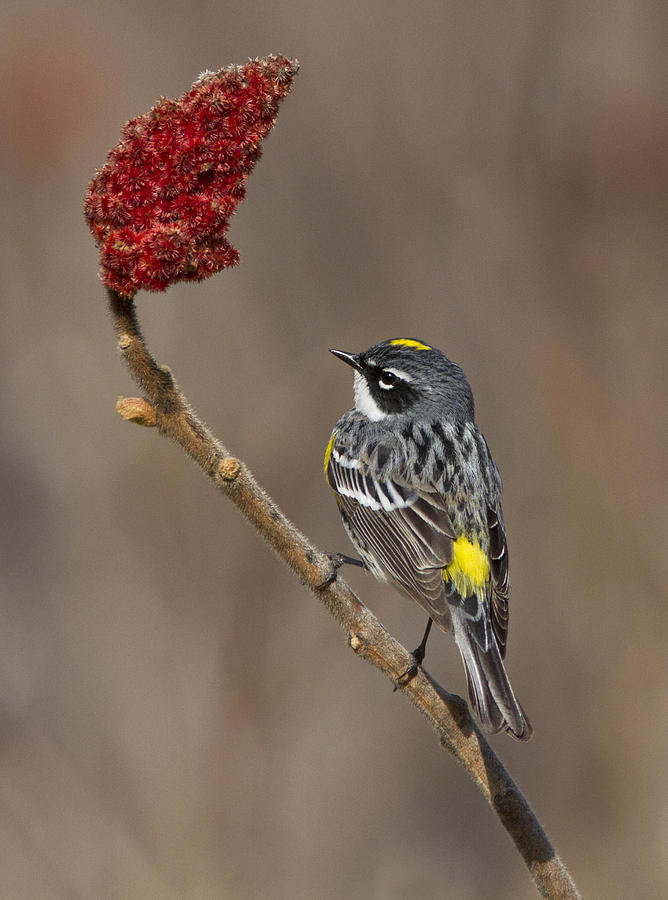

The “Audubon’s” song is similar, but it is simpler and weaker.Ĭommon breeder in coniferous woodlands very common short- to medium-distance migrant to central United States south to Caribbean and central Panama. Louder and richer on breeding grounds than in migration. Song: a variable, loosely structured trill, sometimes with 2 parts-the first higher pitched and the second lower and trailing off at the end: chee chee chee chee wee wee wee we. The palm warbler shows yellow undertail coverts.Ĭall: the “Myrtle” gives a loud, husky, flat chek the “Audubon’s” gives a loud and richer chep. Subspecific identification is more challenging in winter.Ĭompare to the Magnolia and Cape May Warblers, which have yellow rumps but also yellow underparts. Some birds breeding in the southwestern mountains are intermediate between auduboni and darker-faced nigrifrons. ear coverts), 2 broad white wing bars often forming a distinct patch, a broken white eye ring, and white spots on the outer 4 or 5 tail feathers. The “Audubon’s” Warbler ( auduboni over most of range, similar memorabilis of the Rockies and Great Basin, nigrifrons of northwestern Mexico, and goldmani of Chiapas and Guatemala) shows a yellow throat, bluish gray sides of the head (inc.
#Yellow rumped full
Six subspecies in 2 groups that were formerly considered full species: “Myrtle” and “Audubon’s.” The “Myrtle” warbler (nominate coronata over most of range and hooveri in Northwest) shows a white throat, black lores and ear coverts, a white line above lores and eye, 2 distinct white wing bars, a broken white eye ring, and large white spots on the outer 3 tail feathers.

Immature: similar to spring female some immature females very dull with indistinct streaking and much reduced yellow on sides of breast. Fall adult: similar to spring adult, but generally browner above in both sexes with less black on breast. Spring female: similar to male, but brownish above with smaller tail spots. Yellow crown patch, distinct rump patch, and patches at sides of breast. Spring male: crown and back blue-gray streaked with black. Built in June on the fork of a horizontal conifer branch near the trunk at low to moderate height, the yellow-rumped Warbler’s nest contains 3 to 6 eggs. The yellow-rumped’s unique ability to digest the waxes in bayberries allows it to winter farther north than other warblers. Although variable, all yellow-rumped warblers possess a bright yellow rump, which is shared with only 2 other species.

These are probably the best known and most frequently encountered wood warblers.


 0 kommentar(er)
0 kommentar(er)
